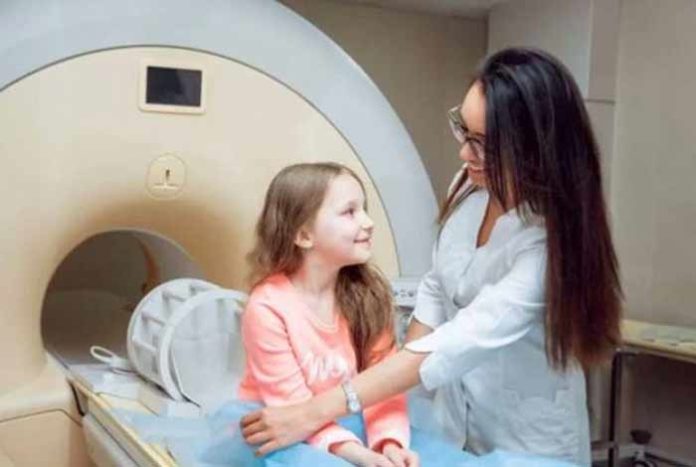
According to a study published in the journal, Radiology, brain MRIs can help to identify people with attention deficit hyperactivity disorder (ADHD). ADHD is marked by inattentive, impulsive and hyperactive behavior. This disorder is found to affect 5 to 7% of children and adolescents all over the world.
The diagnosis and categorization of ADHD is based on specific symptoms. However, psycho-radiology applying imaging data analysis to mental health conditions has recently emerged as a promising method to help diagnose ADHD symptoms.
Qiyong Gong, the study co-author, introduced an analytical framework for psycho-radiology involving cerebral radiomics, which when combined with patient characteristics, could improve diagnostic abilities.
Dr. Gong says that the aim of the study was to identify classification models that will help the psychologist in diagnosing and subtyping ADHD.
Dr. Gong and his team studied 83 children, aged 7 to 14, who were diagnosed with ADHD and did not receive treatment. Researchers compared those individuals with healthy controls after matching for age. The researchers used a new feature that allowed them to screen radiomics signatures from more than 3,000 quantitative features taken from white and gray matter.
Researchers found differences in specific brain regions. In individuals with ADHD, there were changes in the shape of three brain regions, including left temporal lobe, left central sulcus and bilateral cuneus.
Dr. Gong said that imaging-based classification model could be used for better clinical decision making. The study added to the field of psycho-radiology, which plays a role in diagnosing and making treatment plan-related decisions in individuals with psychiatric disorders.
However, more research is needed to be carried out to validate the study results. They researchers are looking forward to apply the analytic approach to other mental and neurological disorders to test its applicability within a clinical setup.
Source:sciencedaily.com








